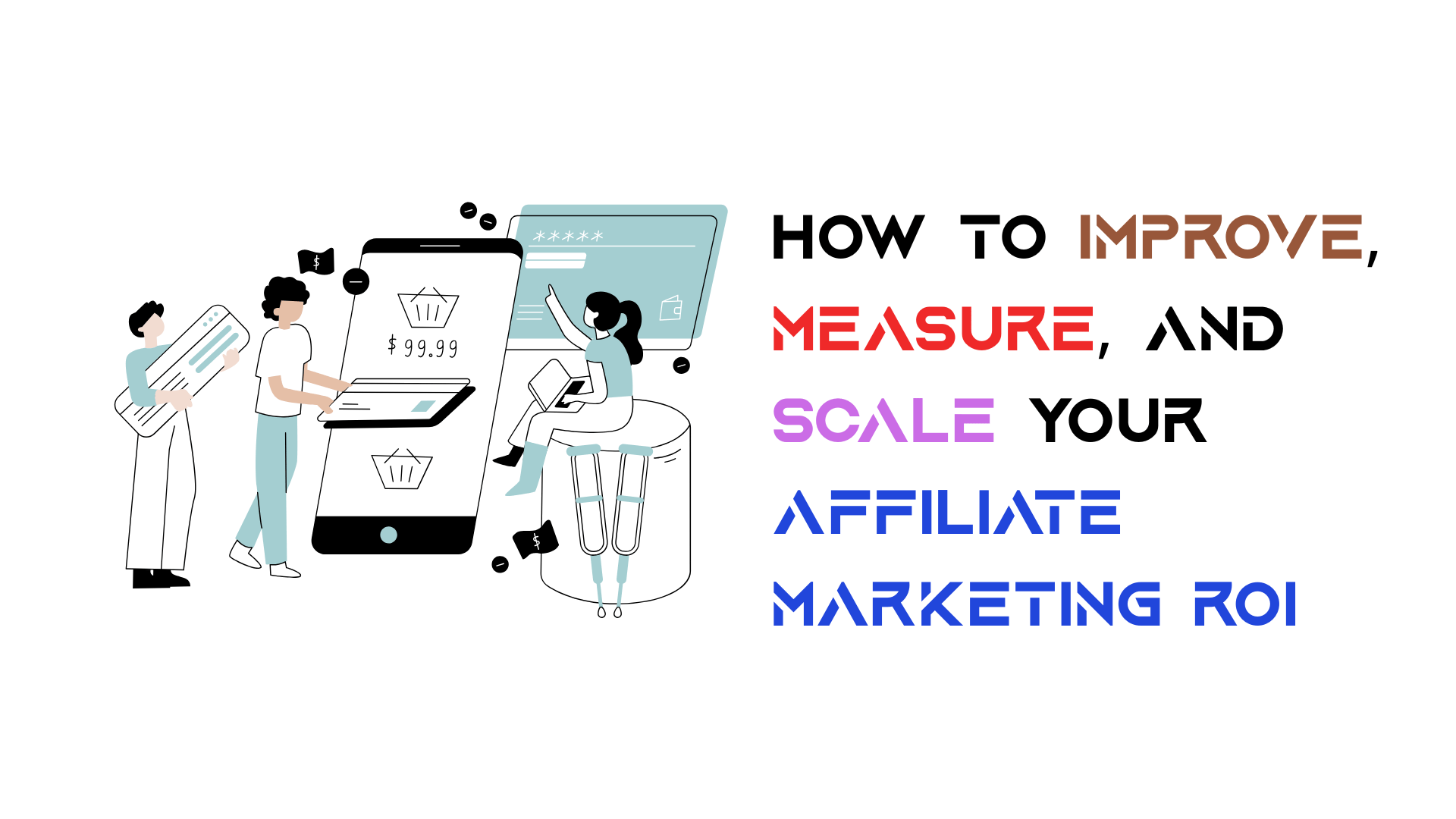The Psychology of Consumer Behavior: How to Craft Campaigns That Convert
In today’s fast-paced, consumer-driven world, capturing attention and driving action requires more than eye-catching visuals or clever slogans—it demands a deep understanding of what makes people tick.
This is where the psychology of consumer behavior comes into play. By unraveling the motivations, emotions, and cognitive processes that influence purchasing decisions, marketers can craft campaigns that not only resonate but also convert.
From how individuals perceive value to the subtle biases that shape their choices, psychology provides a roadmap to creating more impactful, targeted marketing strategies.
Whether it’s the pull of a time-limited offer, the trust inspired by social proof, or the emotional connection fostered by storytelling, effective campaigns tap into psychological triggers that drive behavior. However, understanding these principles is only half the battle.
The key lies in applying them strategically and ethically to build trust, foster loyalty, and achieve meaningful results. For example, tools like a free AI logo maker can help businesses create a professional and trustworthy brand identity that resonates with their audience. This guide explores the core psychological principles underpinning consumer behavior and how marketers can leverage them to design campaigns that inspire action.
By blending science with creativity, you’ll discover how to connect with your audience on a deeper level and transform passive observers into engaged customers, setting the stage for both immediate conversions and lasting brand success through revenue intelligence.
The Foundations of Consumer Psychology
Consumer psychology is the study of how individuals including patients guided by healthcare providers — think, feel, and behave in relation to products, services, and brands. It explores the psychological processes that drive consumer decisions, from initial awareness to post-purchase behavior.
At its core, consumer behavior is influenced by both emotional and rational factors. While emotions often dictate impulse decisions, logical reasoning governs more deliberate purchases, creating a dynamic interplay between the two.
Key psychological principles shape consumer choices. The dual-process theory explains decision-making as the interplay between System 1 thinking (fast, intuitive, and emotional) and System 2 thinking (slow, analytical, and deliberate).
For example, System 1 might drive a spontaneous online purchase based on an appealing ad, while System 2 assesses product reviews and prices before a major investment.
Cognitive biases significantly affect behavior. Anchoring bias leads consumers to rely on initial information, like a “was $100, now $50” price tag, while social proof leverages the influence of peer behavior through reviews or testimonials. Scarcity (limited availability) and authority (expert endorsements) also impact decision-making.
By understanding these principles, marketers can craft campaigns that align with natural psychological tendencies, fostering deeper connections with their audience and encouraging favorable purchasing behaviors. In addition, strategies like how to find anyone’s email id and run drip campaigns can be used to nurture leads over time and build stronger relationships with customers.

Understanding Your Target Audience
To create impactful marketing campaigns, understanding your target audience is essential. This begins with analyzing demographics (age, gender, location) and psychographics (values, interests, and lifestyle).
These factors reveal who your customers are and what drives their decisions. For businesses offering delivery service for laundromat or even pet-related products like a dog collar, showcasing quick turnaround times, eco-friendly practices, and customer testimonials can effectively appeal to time-conscious customers. Additionally, examining behavioral data—such as browsing habits, purchase history, and brand interactions—provides deeper insights into their preferences and tendencies.
Building customer personas is a powerful tool to humanize this data. A persona should include a customer’s needs, pain points, and aspirations, as well as their motivations and triggers.
For instance, are they looking for convenience, prestige, or cost savings? A customer drawn to designer bags might value exclusivity and craftsmanship, making messages that emphasize luxury and quality especially effective. Understanding what drives their actions allows marketers to craft messages that resonate on a personal level.
Audience segmentation further refines this understanding by dividing the target group into smaller, actionable categories. Behavioral segmentation focuses on habits, such as frequent purchases or brand loyalty, while psychographic segmentation delves into their core values, interests, and attitudes.
While these segments may require different messaging strategies, a loyalty-focused email for repeat customers versus an aspirational campaign for new prospects, maintaining a cohesive brand voice ensures that each segment still recognizes and trusts the source, preventing your brand from feeling fragmented or inconsistent across different customer touchpoints.
By aligning campaigns with the audience’s priorities and preferences, businesses can create personalized, compelling messages that foster stronger connections, ultimately driving engagement and conversions. This foundational understanding ensures that marketing efforts are targeted, effective, and relevant.
Key Psychological Triggers in Marketing Campaigns
Psychological triggers tap into innate human tendencies to influence decision-making and drive conversions. Among the most impactful are emotion and storytelling, which allow brands to connect deeply with their audience.
Stories evoke empathy, joy, or even nostalgia, making messages memorable and fostering emotional bonds. For instance, a heartwarming ad about family ties can resonate more than a simple product promotion.
Social proof capitalizes on the human need to fit in. Testimonials, user reviews, and influencer endorsements build trust and encourage action by showing others’ approval. Similarly, scarcity and urgency create a sense of FOMO (fear of missing out), motivating consumers to act quickly, whether it’s a limited-time discount or a “only 2 left in stock” prompt.
The principle of reciprocity suggests that when brands give value first—through free trials, samples, or educational content—consumers feel inclined to give back by purchasing or subscribing. Anchoring and framing also play critical roles: presenting a higher-priced option alongside a slightly less expensive one makes the latter appear like a great deal. Similarly, how a message is framed (e.g., “Save $20” vs. “Don’t lose $20”) can significantly alter perceptions.
Using these triggers strategically, marketers can craft campaigns that appeal to both emotional and cognitive aspects of decision-making.

Designing Campaigns That Convert
Designing high-converting campaigns requires aligning psychological triggers with clear marketing objectives. Start by identifying the specific action you want your audience to take—whether it’s purchasing a product, signing up for a newsletter, or engaging with your content.
Once the goal is defined, craft messaging that resonates emotionally and intellectually. Utilize storytelling to establish an emotional connection, ensuring your narrative reflects your audience’s values, aspirations, or pain points.
Combine this with visual elements that evoke strong emotions, such as inspiring images or videos. Incorporating event photography can add a personal touch and make your visuals more relatable and engaging. Effective calls-to-action (CTAs) should be clear, compelling, and create a sense of urgency, leveraging psychological triggers like scarcity (“Only 5 left in stock”) or social proof (“Join 10,000 happy customers”).
A multi-channel approach is essential to maximize reach. Integrate campaigns across platforms like social media, email, and paid ads, tailoring the message to fit the medium while maintaining a consistent brand voice. For instance, catering businesses using Flex Catering Software
can apply these psychological strategies to personalize promotions, manage customer experiences efficiently, and boost repeat orders through tailored loyalty campaigns.
A/B testing is critical: experiment with headlines, imagery, pricing, and CTAs to identify what resonates most. There are different tools for social media management, email marketing, Ad management and others to help you with these.
Finally, ensure your campaigns are dynamic. Analyze data regularly to track key performance indicators (KPIs) like click-through rates and conversions. Use these insights to refine strategies, creating campaigns that not only attract attention but drive measurable results.
Ethical Considerations in Psychological Marketing
Ethical considerations are critical when applying psychological principles in marketing. While psychological triggers such as scarcity, social proof, and reciprocity can effectively influence consumer decisions, they must be used responsibly to maintain trust and long-term relationships with customers.
Transparency is a cornerstone of ethical marketing. Consumers should have clear and accurate information about products or services without being misled by exaggerated claims or hidden conditions. For instance, creating false urgency, such as fake countdown timers or fabricated stock scarcity, undermines credibility and erodes trust.
Marketers must also avoid exploiting vulnerabilities. For example, targeting individuals in distress or leveraging sensitive personal data for manipulative purposes crosses ethical boundaries. Instead, campaigns should focus on adding genuine value and helping customers make informed decisions.
Building trust is key to sustainable success. For businesses in niches like AliExpress Dropshipping, this means emphasizing honest communication, fair pricing, and respect for consumer autonomy to foster loyalty and goodwill. Ethical marketing involves aligning the organization’s values with its practices, ensuring campaigns not only drive conversions but also reflect integrity.
By prioritizing ethical considerations, marketers can create campaigns that persuade without manipulation, establish long-term customer relationships, and maintain a positive brand reputation in an increasingly conscious marketplace.

Measuring Campaign Effectiveness
To ensure a campaign resonates with consumers and achieves its objectives, measuring effectiveness is essential. Start by defining clear metrics aligned with your goals. For instance, if the objective is brand awareness, track impressions, reach, and social media engagement. For conversion-focused campaigns, measure click-through rates (CTR), learn how to calculate conversion rates, and evaluate return on investment (ROI).
Behavioral metrics are crucial in assessing how well psychological triggers work. Analyze heatmaps, session durations, and bounce rates to gauge user engagement. Tools like Google Analytics and CRM platforms provide insights into consumer journeys, highlighting touchpoints that drive action.
Consumer feedback is another critical component. Surveys, reviews, and social media comments offer qualitative data on emotional reactions and perceived value. Utilizing customer feedback tools can streamline the process of gathering and analyzing this data, ensuring marketers gain actionable insights into their audience's needs and preferences. This information can reveal whether your messaging and psychological cues (e.g., scarcity or social proof) resonate as intended.
A/B testing is a powerful method for fine-tuning campaigns. Experiment with variables such as headlines, imagery, and call-to-action (CTA) placements to identify the most effective combinations. Monitor these tests over time to ensure statistically significant results.
Finally, adopt an iterative approach. Regularly evaluate the campaign’s performance and adjust strategies based on data and consumer insights. This continuous improvement cycle ensures sustained relevance and higher conversions.
Conclusion
In today’s competitive marketplace, understanding the psychology of consumer behavior is no longer optional—it’s a necessity. The most successful campaigns aren’t just built on creative ideas but are deeply rooted in psychological insights that resonate with the audience’s emotions, needs, and decision-making processes.
By leveraging principles such as social proof, scarcity, emotional storytelling, and reciprocity, marketers can create compelling campaigns that not only capture attention but also drive action. However, it’s equally important to approach these strategies with ethical integrity, prioritizing transparency and trust over manipulation.
When done right, psychologically informed marketing fosters genuine connections with consumers, builds brand loyalty, and drives long-term success. It allows businesses to craft messages that feel personal and relevant, breaking through the noise of generic advertising.
As you design your next campaign, consider how psychological principles can enhance its effectiveness. Test different approaches, analyze your results, and refine your strategy based on what works best for your audience.
Marketing isn’t just about selling a product or service—it’s about understanding and addressing the human experience behind every purchase decision. With this knowledge, you’re not just crafting campaigns that convert; you’re building meaningful relationships that stand the test of time.





